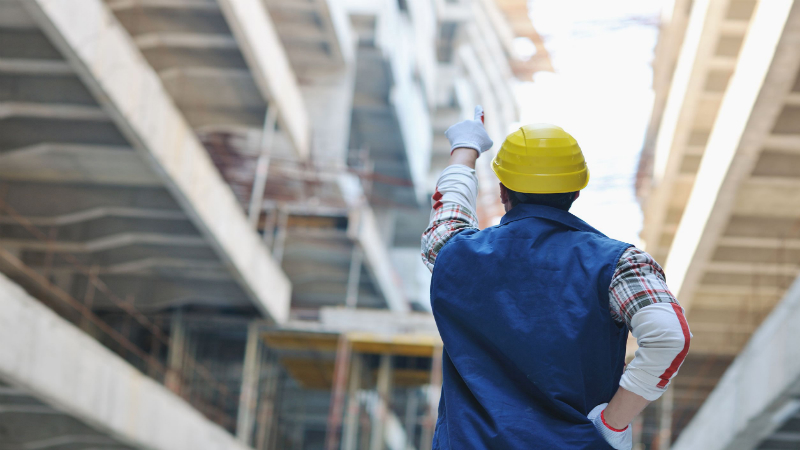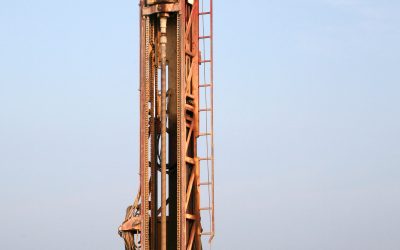When it comes to developing durable and efficient industrial facilities, project owners and developers in Cincinnati are increasingly seeking advanced construction methods and materials to maximize value and longevity. Many who search for Industrial Building Construction Cincinnati OH are looking for innovative solutions that address today’s challenges—such as sustainability, speed of delivery, and future adaptability—while ensuring that their investment will stand the test of time. For those interested in exploring this topic, Industrial Building Construction Cincinnati OH offers a comprehensive overview of strategies and advancements relevant to the region.
Embracing Modern Construction Technologies
Industrial building construction has evolved significantly in recent years, with new technologies transforming how projects are designed, managed, and executed. Incorporating these advancements not only enhances project quality but also helps meet tight schedules and budgets. Some of the most impactful innovations include:
• Prefabrication and Modular Construction: By manufacturing components offsite in controlled environments, builders can reduce weather delays, improve precision, and accelerate project timelines.
• Building Information Modeling (BIM): BIM enables collaborative digital planning, allowing stakeholders to visualize every aspect of a facility before construction begins. This reduces errors, streamlines coordination, and results in smarter, more flexible building designs.
• Advanced Materials: The use of high-performance concrete, steel with improved corrosion resistance, and sustainable insulation materials increases durability while lowering maintenance needs over the building’s life cycle.
Sustainability and Energy Efficiency
Long-lasting industrial buildings are those that are built with sustainability in mind. Energy-efficient design not only lowers long-term operational costs but also helps meet regulatory requirements and environmental standards. Key strategies include:
• Energy-Efficient Envelopes: High-quality insulation, energy-efficient windows, and reflective roofing materials help regulate indoor temperatures, reducing heating and cooling costs.
• Smart Building Systems: Automated lighting, HVAC controls, and energy monitoring systems allow for real-time adjustments, optimizing energy use and improving occupant comfort.
• Renewable Energy Integration: Solar panels, geothermal heating, and other renewable sources can be incorporated during construction to further reduce a facility’s carbon footprint.
Flexibility for Future Growth
Industrial operations evolve rapidly, and buildings must be adaptable to accommodate new technologies and changing business needs. Innovative construction solutions make it easier to modify layouts or expand facilities in the future. Considerations include:
• Open Floor Plans: Column-free spaces and high ceilings allow for easy reconfiguration of equipment or workflow.
• Expandable Infrastructure: Designing utility systems and foundations with future growth in mind means that expansions can be executed with minimal disruption.
• Modular Office and Storage Spaces: Using prefabricated modules for offices or storage areas enables quick adjustments as operational needs shift.
Quality Control and Long-Term Value
Ensuring that industrial buildings last requires a commitment to quality at every stage of construction. Modern project management tools and rigorous inspection protocols help identify issues early and maintain high standards. Additionally, involving experienced professionals who understand local regulations and environmental conditions is crucial for long-term project success.
In summary, innovative solutions in industrial building construction are reshaping how projects in Cincinnati, OH, are planned and delivered. By embracing advanced technologies, prioritizing sustainability, and designing for future flexibility, developers and owners can create facilities that not only meet today’s needs but also remain valuable and functional for years to come. These strategies ensure that industrial buildings in Cincinnati are well-equipped to support the region’s economic growth, now and into the future.


